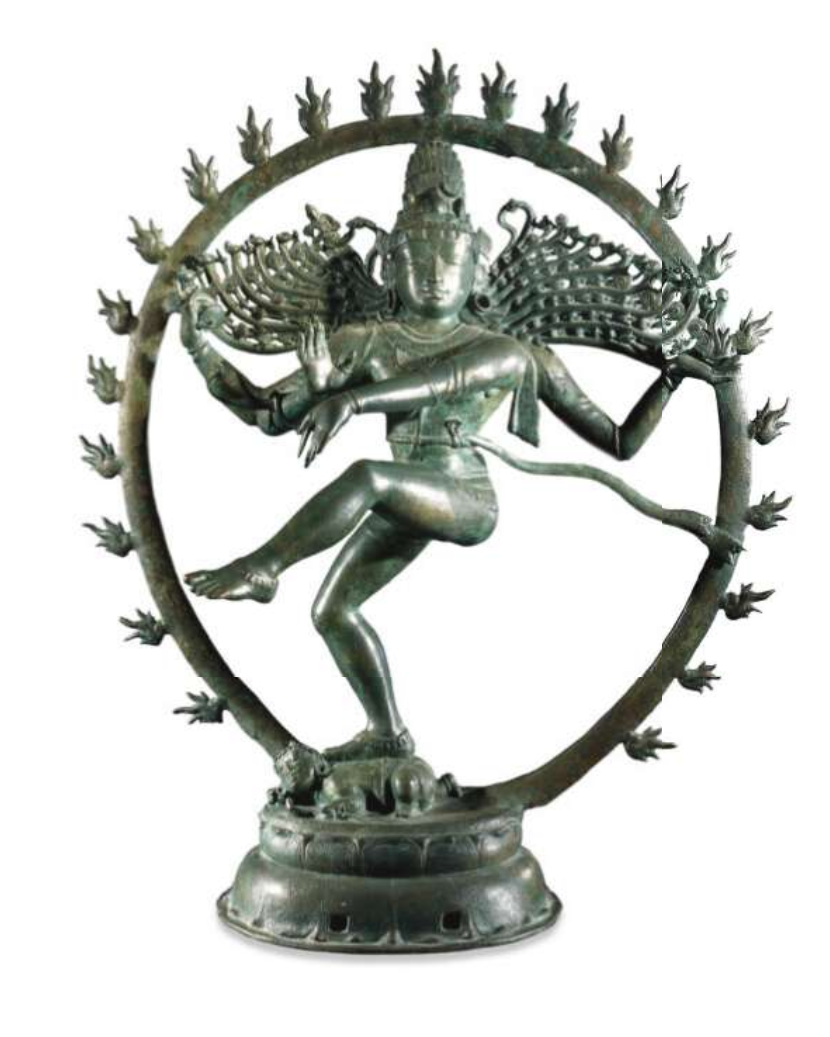Ramachandran Nagaswamy

Prof. Ramachandran Nagaswamy (10 Aug 1930, Madras, India ‑23 Jan 2022, Chennai, India) was an eminent archaeologist, epigraphist and historian, the first director of Tamil Nadu Archaeology Department, the founder of the Tamil epigraphic journal Kalveṭṭu, and a specialist in bronze statues and copperplates.
One of Nagaswamy’s most notable achievements was to help winning the 1982 high-profile court case of the “London Naṭarāja”, then kept at the British Museum, which culminated in the judgment that the Chola-period bronze statue came from the temple in Pattur, in Tamil Nadu, and the consequent return of the sculpture to India, setting up a precedent in legislation over repatriated artworks. While Julian Sherrier, an art dealer, falsely claimed that the bronze was in his possession for some years to show that it did not come from India recently, the the Indian government argued that the idol was stolen from Viswanatha Swamy temple in Pathur in Thanjavur district, when unearthed from the temple field where it was buried along with others, to protect them from Muslim invaders.
Not adverse to controversy, Nagaswamy proposed a revision of the dates of the Pallava cave temples in Mahabalipuram, and published his book Tamil Nadu, The Land of Vedas (2018), in which he claimed that South India, in particular Tamil Nadu, was the depository of the Vedas traditions. In that daring essay, we can read that “the epigraphical wealth of Tamilnadu shows the Sabha system of Vedic tradition was widely spread throughout Tamilnadu that points out “Tamilnad continues to be the Land of the Vedas. (வேதம் நிறைந்த தமிழ் நாடு — பாரதி)” The process of elections to Village Assemblies, the subcommittees called Vāriyams, and paruṭai (pariṣad) system were the backbone of village life. The Vedic Dharma Śāstras like Manu and Yñanavalkhya were the most followed Judicial texts. The technical language of these texts are used verbatim in judicial pronouncements are from Tamil records from earlier to 7th cent. Even selection of judges were made after a pass in an examination on Dharma Śāstras. All the chola kings studies Vedas and established Vedic colleges. There individual grhya sutra texts like Āpastamba and Bodhāyana were the guiding principles of the family life. The Cholas recognized that the country was mainly based on rural economy and so entrusted the revenue administration of the village in the hands of Officers belonging to cultivators family of Veḷḷālas, confered with the title Mūvendavelārs. The Chola kings established several Nallur as exclusive Cultivators’ villages in addition to Brahmadeyas of Vedic Brāhmanas. It is also seen that it was the duty of Brāhmans to interpret law to the villagers. The Vedas have been the perennial spring of Indian and the whole of South East Asian civilization, for the past 3500 years in all most all fields of human culture. In the fields of History, Art, Architecture, Music, Dance, Administration, Judiciary, Law, Social life and so on. The rulers of Thailand, Cambodia, Vietnam, Indonesia, Laos and other parts, besides all parts of India and its North West, have been following the Vedic laws (the smiritis) and personally observing codes of life which are specifically mentioned in hundreds of ancient records through the centuries. The monumental holdings like the great temples of Ankhorwat, Ankhor thom, Bantai Sri of Cambodia and the temples Prāmbanam Indonesia and others were mainly inspired by great Vedic Scholars.”
According to Prof. Nagaswamy’s obituary on EFEO website, “among his signal achievements on the French academic scene was his publication of a major document of Chola-period history, namely the Esâlam copperplates, which appeared in the 1987 issue of the BEFEO. The following year, 1988, he was engaged at the Pondicherry Centre of the EFEO, where he worked, until 1996, on the project to publish Pondicherry Inscriptions, eventually brought to press in two volumes by G. Vijayavenugopal in 2006 and 2010.”
- R. Nagaswamy’s blog, Tamil Arts Academy.
- R.Nagaswamy’s obituary on The Federal.

